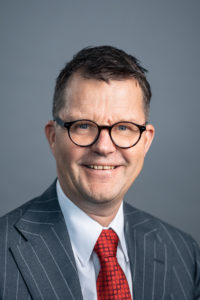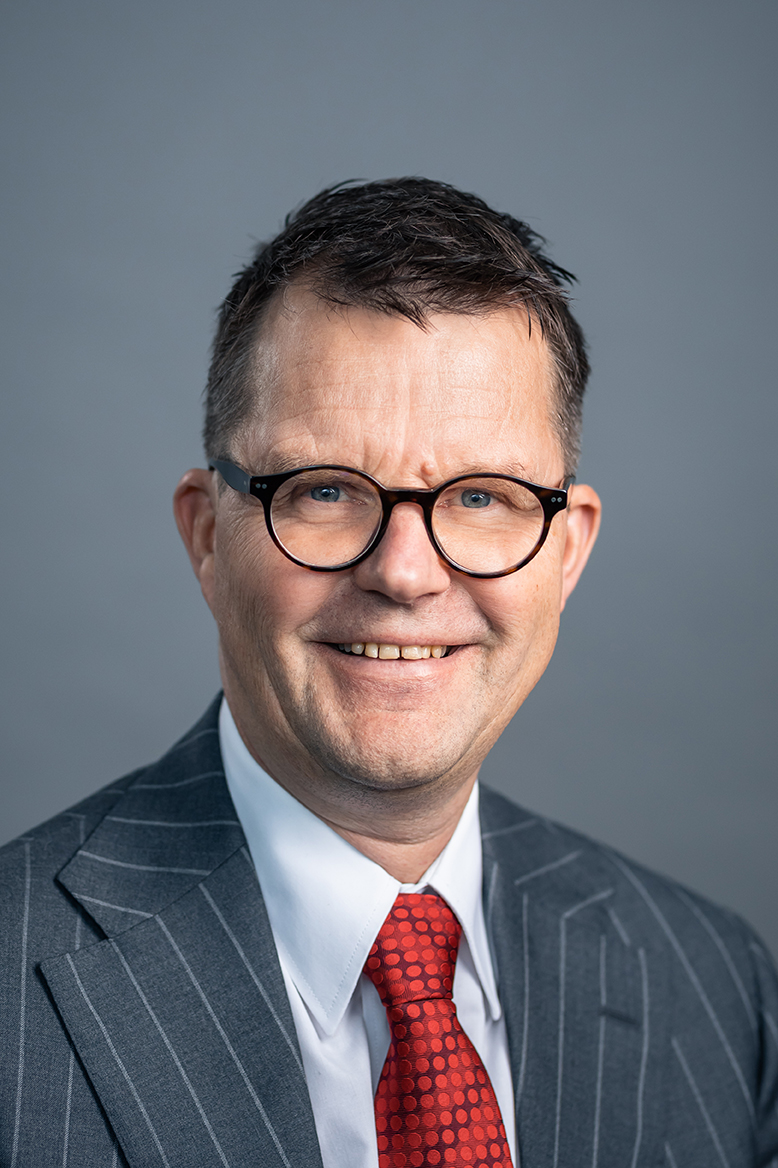
Electrification calls for large amounts of emission-free electricity in Finland, which is currently heavily dependent on imported electricity. Olkiluoto 3 will help in making a good start in this regard. From there onwards, the 2020s will be a time of major investments in wind power.
Wind power will fundamentally transform energy strategies. In the olden days, it was enough for politicians to produce a “top level” plan for electricity generation by balancing the annual energy outputs of the various forms of generation with a forecast of the electricity consumption. As flexible generation decreases, strategists must get down to the grassroots level. For industry and consumers, it is not enough to offer the average amount of electricity all year round – generation and consumption must be in balance at all times. This requires the power system to offer an entirely new form of flexibility. Active electricity trading on markets with Finland’s neighbouring countries helps to alleviate the problem.
Alongside flexibility, the question of how the generated electricity can be transmitted to industry and consumers needs to be addressed. The power system and transmission capacity are at the core of the issue: the national grid and local electricity networks. The problem is further complicated by the fact that time and place are interwoven: if bottlenecks arise in the grid, fewer resources will be available to balance out generation and consumption in the “bottleneck area”.
Germany is a prime example of a country where the transmission grid has become the bottleneck in the entire energy strategy. The huge volumes of energy generated by wind power in northern Germany cannot be transmitted to consumers in the south. Starstruck by renewable energy, the country was too slow to react to the problems that had been brewing below the surface in the transmission grid. Finland could soon face a similar problem if the matter is not addressed in time. As much as 80 per cent of Finland’s electricity consumption takes place to the south of the Cross-section Central Finland (known as cut P1), a critical part of Fingrid’s main grid. The west coast of Finland is currently attracting wind power like a gold rush, drawing investments to the northern side of the Cross-section Central Finland. The electricity generated there must be transferred through the critical cut for consumption in the south. There is the looming threat of Finland falling into the same trap as Germany.
There are two complementary solutions to this problem: Fingrid’s investments in strengthening the main grid between the north and south of the country and the construction of wind power capacity in southern Finland, below the Cross-section Central Finland.
More transmission capacity is coming! The construction of Fingrid’s Forest Line transmission connection from Petäjävesi to Oulu is already in full swing. Immediately after that, the strengthening of the Lake Line from Lappeenranta to Oulu will be prepared.
In addition, new wind power plants are very competitive on the southern side of the Cross-section Central Finland. However, the Finnish Defence Force’s radars present an obstacle to the construction of wind power in southern and eastern Finland, as wind turbines disrupt the operation of radar systems. We are talking about two matters of vital significance to Finnish society: the emission-free electricity that climate-neutral Finland will depend upon and the country’s national defence. A balanced solution is required to serve the overall interests of society.
Fingrid recognises the crucial role it has to play in making climate-neutral Finland a reality. We are doing everything we can to ensure that the main grid of 2035 will enable Finland to reach its ambitious targets. Alongside this, we are developing electricity markets that will provide the power system with flexibility on market terms.






